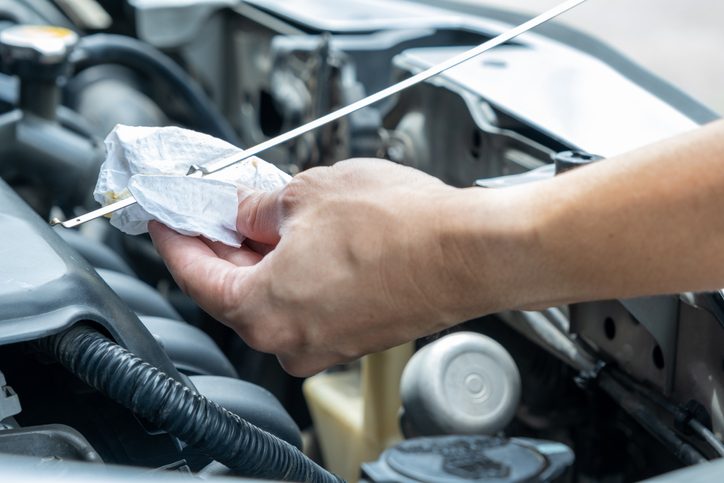
Keeping your car’s oil level in check is a crucial part of regular vehicle maintenance. As a responsible car owner, it’s essential to know how to check your oil levels regularly. If you’ve never performed this task before, don’t worry! In this blog post, we’ll provide you with a step-by-step guide on how to check your oil levels effectively. So, let’s get started!
Why It’s Important to Check Your Oil Levels
Before we dive into the process of checking your oil levels, let’s understand why it’s important to do so. Engine oil plays a vital role in lubricating the engine’s components, reducing friction, and preventing excessive wear and tear. It also helps in maintaining optimal engine temperature and removing contaminants and debris. Insufficient or dirty oil can lead to engine damage, decreased performance, and potential breakdowns. By regularly checking your oil levels, you can identify any issues early on and take appropriate action.
Step-by-Step Guide to Checking Your Oil Levels
Now, let’s go through the step-by-step process of checking your oil levels:
Step 1: Park on Level Ground and Turn off the Engine
To ensure an accurate reading, park your car on level ground and make sure the engine is turned off. Allow the engine to cool for a few minutes before proceeding.
Step 2: Locate the Dipstick
The dipstick is usually a brightly colored handle located near the engine. It may have an oil symbol or be labeled “engine oil.” Once you find it, pull the dipstick out.
Step 3: Wipe and Reinsert the Dipstick
Using a clean cloth or paper towel, wipe the dipstick clean to remove any existing oil. Then, reinsert the dipstick back into its tube until it’s fully seated.
Step 4: Check the Oil Level
Pull the dipstick out again and observe the oil level. The dipstick typically has markings indicating the acceptable range. Ensure that the oil level falls between the minimum and maximum marks. If it’s below the minimum mark, you’ll need to add more oil.
You might also like: Prepare Your Vehicle To Travel This Season
What To Do if Your Oil Levels are Low or Your Oil Is Dirty
If you find that your oil level is below the minimum mark or the oil appears dirty and contaminated, here’s what you can do:
Low Oil Level: If your oil level is low, you’ll need to add more oil. Consult your car’s manual to determine the recommended oil type and viscosity. Open the hood and locate the oil filler cap. Unscrew the cap and carefully pour in the appropriate amount of oil. Remember to recheck the oil level using the dipstick after adding oil.
Dirty Oil: If the oil appears dirty or has a dark, sludgy consistency, it’s a sign that you need an oil change. Dirty oil loses its effectiveness in lubricating the engine and protecting its components. Schedule an appointment with a trusted service center, such as the Bill Page Honda service center, for a professional oil change. Their experienced technicians will ensure your car receives the necessary service and maintenance.